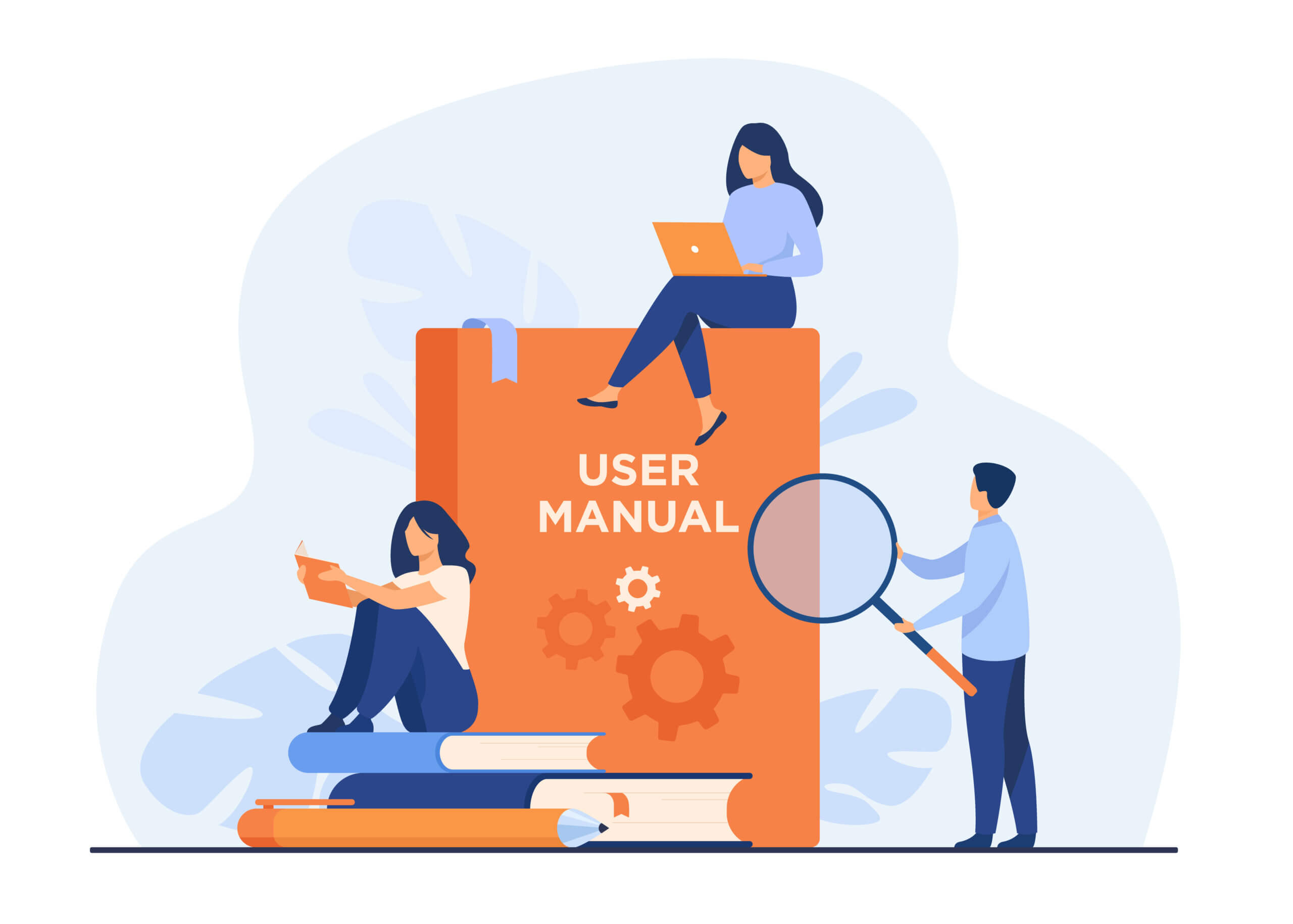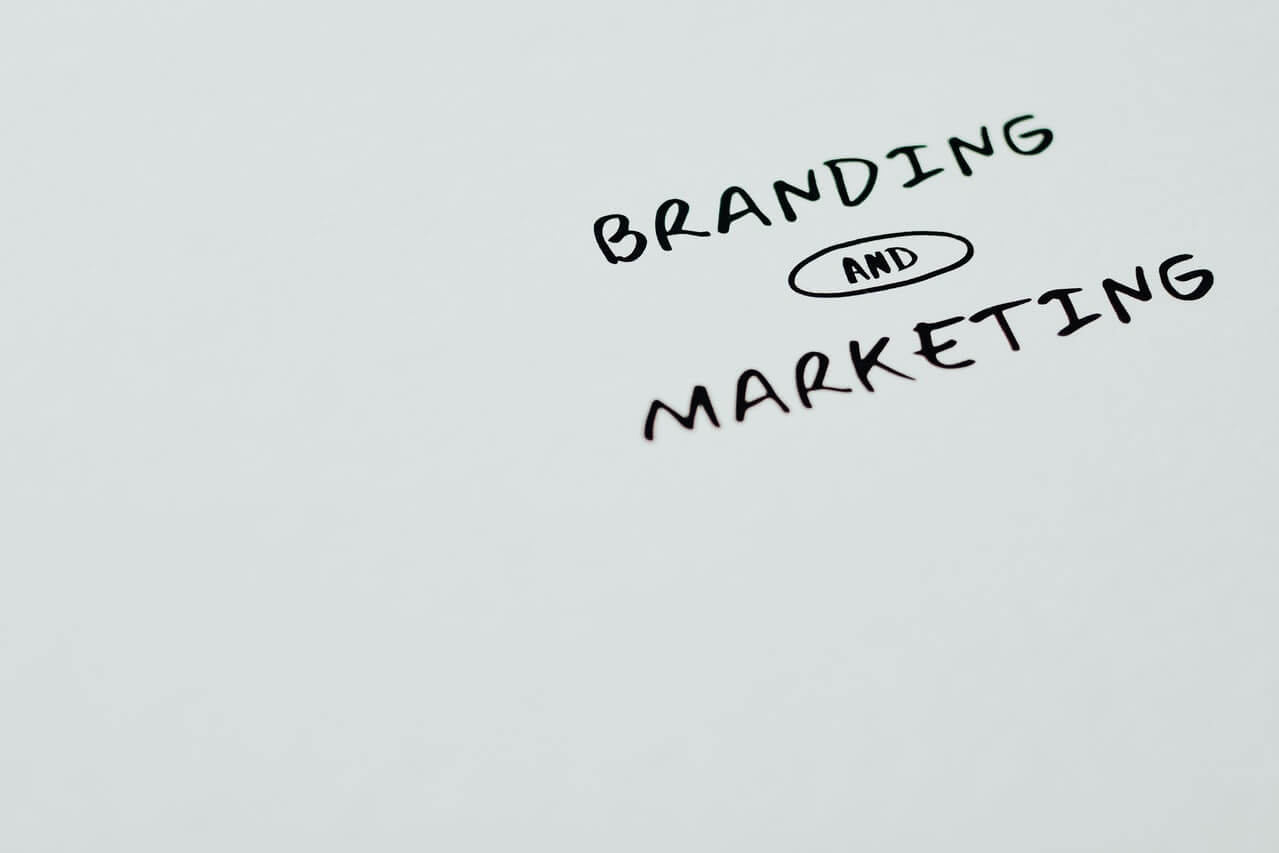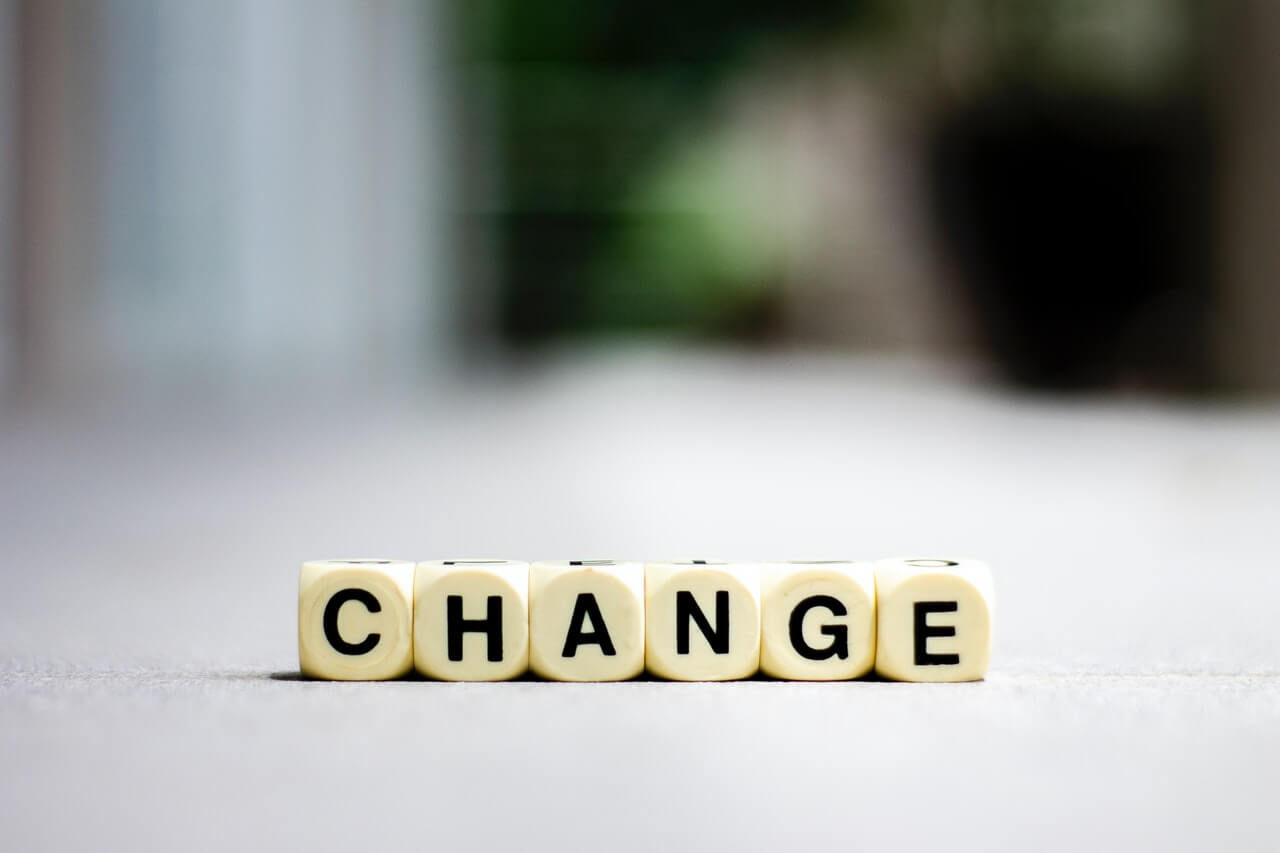How do you create your training manual? We have all used training manuals. Some to our dismay and some we wish to keep and refer back to. What makes a good training manual is the relevant information that is supplied and how it is presented. The Technical Writers/Communicators will be the individuals assigned to create …
Sales & Marketing/
Advertising & PR
Learn creative ways of promoting your brand without exasperating the consumer.
The day of your big presentation is fast approaching. You have been amassing plenty of facts, thoughts, photos, charts and graphs, enough to fill a large file. Now the big question is how do you organize it? One great way to proceed is to start from a big-picture viewpoint. What is the point of this …
How do you handle change? Changes are not predictable. What happens when changes occur on a project and you have just been notified at the last minute that documents have to be revised, revamped, and need to be transformed to have a different format? Panic sets in. What happened to the change request process? Why …
A client told me recently how he begins preparing for a future presentation. “When I know I am going to give a presentation in the future,” he says, “I place a yellow pad on my desk, right where I see it every day. Whenever I have an idea, or come across a piece of information …
Question – Is reviewing your document clear and concise? – How do you know? Has it been written for your target audience? Most importantly, is all the information correct? We can write and write, but when do we stop and how much is enough? Here are some checks to ensure that you’ve written and checked …
A few weeks ago I had the opportunity to work with a terrific, bright group of administrators in a law firm. Most of them don’t deliver presentations often, but they are instrumental in helping create them for others in the firm, and they wanted to be better at both creating and delivering presentations. As we …







